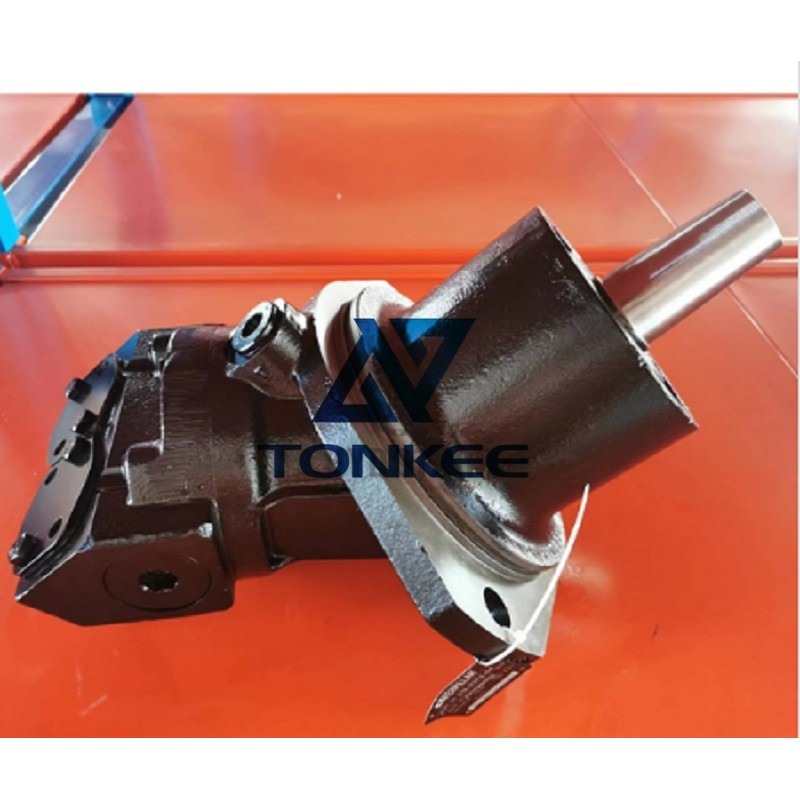
Type: Piston motors can be hydraulic or pneumatic.
Hydraulic motors are powered by pressurized hydraulic fluid, while pneumatic motors use compressed air.
Size and Displacement: The size of a piston motor is often defined by its displacement, measured in cubic inches (in³) or milliliters (ml). Displacement refers to the volume of fluid or air the motor can move in a single rotation or cycle.
Operating Pressure: Specify the maximum pressure at which the motor will operate. This is crucial for ensuring the motor can handle the intended application's requirements.
Speed and Torque: The motor's speed and torque characteristics are essential. Speed is typically measured in rotations per minute (RPM), while torque is measured in pound-feet (lb-ft) or Newton-meters (Nm). These specifications depend on the specific model and application.
Efficiency: Consider the motor's overall efficiency, which is typically expressed as a percentage. A more efficient motor will convert a higher percentage of input energy into mechanical work.
Mounting Configuration: Piston motors can have various mounting configurations, such as flange, foot, or face mounts. Ensure the chosen configuration is compatible with your equipment.
Materials and Design: Specify the materials used in the motor's construction, as well as any special design features that make it suitable for your application. Common materials include aluminum, cast iron, or stainless steel.
Environmental Considerations: If the motor will operate in extreme conditions, specify its temperature and environmental requirements.
Some motors are designed for use in hazardous or corrosive environments.
Direction of Rotation: Some piston motors can operate bidirectionally, while others may only rotate in one direction. Specify the required direction of rotation for your application.
Control Options: Piston motors can be controlled using various methods, such as manual control, solenoid valves, or electronic control systems. Determine which control method is most suitable.
Maintenance Requirements: Consider the maintenance needs of the motor, including recommended service intervals, lubrication requirements, and ease of access for maintenance tasks.
Safety Features: Specify any safety features required for your application, such as emergency stop mechanisms or overload protection.



 English
English Русский язык
Русский язык



